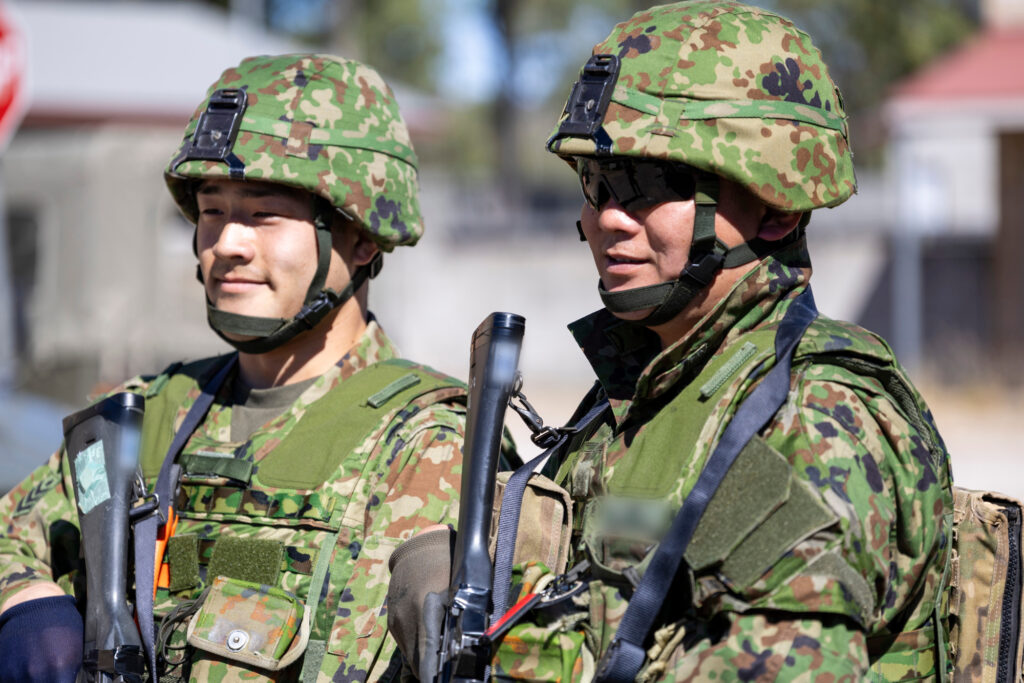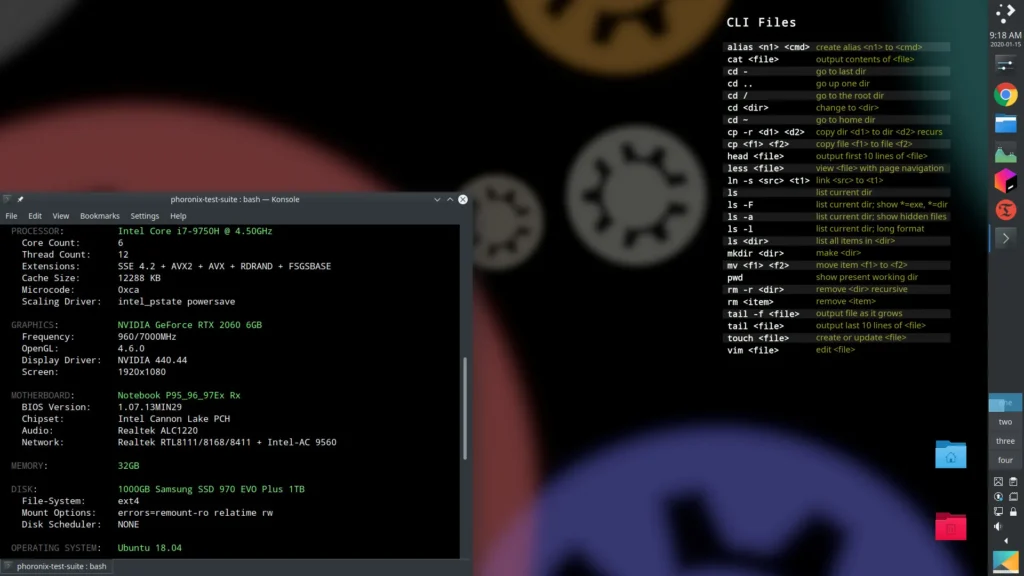Valuable training in the Northern Territory for Japan’s key amphibious force from next year should be only a step towards more extensive use of Australian exercise areas by the Japanese armed forces.
Canberra should now offer Tokyo a permanent arrangement for Japanese armed forces to train in the Northern Territory, similar to the initiative for Singaporean troops training in Queensland.
The plan for the Japanese brigade to begin training in the Northern Territory was announced on 17 November during a meeting in Darwin of the three countries’ defence chiefs. Japan’s Amphibious Rapid Deployment Brigade (ARDB), a marine unit of Japan Self-Defense Forces (JSDF), will join the training and exercises held by the US Marine Rotational Force–Darwin (MRF-D) and the Australian Defence Force from 2025.
The ARDB incorporates Japan’s former Western Army Infantry Regiment, the dedicated amphibious warfare unit of the Japan Ground Self-Defense Force. It conducts a full range of amphibious operations and limited training with the US Marine Corps to enhance the skills and doctrine for retaking Japanese territory seized by a foreign power.
To support the ARDB, Japan has bought amphibious assault vehicles. It has also modernised ships for operating F-35B Lightning fighters and MV-22 tilt-rotor aircraft, both types also used by the USMC.
Peace in Japan since World War II and the country’s pacifist constitution have ensured that its armed forces haven’t fought a war for almost 80 years. Training opportunities of the highest quality are therefore even more important to them than they are for the militaries of other countries.
The Northern Territory provides the space and the multi-domain training that the JSDF needs to better prepare its soldiers and equipment for the battlefield. It is arguably the best place on this side of the world for the sort of unrestrained, combined-arms training the JSDF is seeking.
Japan’s training spaces are limited, because of the country’s high population density. Alternatives in the US don’t have the unique characteristics of the Northern Territory, which provides for multi-domain training across air, land, sea, space and cyberspace.
JSDF presence in the Northern Territory would also be useful in accelerating unilateral, bilateral and multilateral testing and evaluation for dual-use technologies. By adding Japanese systems to those that are already tested an evaluated in the Northern Territory, we can develop a larger and more robust private support industry.
It is good news that the first Japanese Joint Staff liaison officer will be placed in Australia’s Headquarters Joint Operations Command (HQJOC) in November. Also welcome is the commitment to send an ADF liaison officer to JSDF Joint Operations Command (JJOC) once it is established in 2025.
Australia should continue the momentum of those announcements and focus on initiatives that build the people-to-people linkages.
Canberra should also offer Tokyo a permanent Japan-Australia Training Initiative located in the Northern Territory along similar lines to the long-standing Australia-Singapore Military Training Initiative (ASMTI) based in central and northern Queensland.
Under the ASMTI, Singapore has invested in the development and enhancement of two training areas in Queensland, owned and managed by Canberra. These will support future needs of the ADF and facilitate an increased presence of Singapore Armed Forces personnel. When the ASMTI reaches maturity, up to 14,000 Singaporean troops will train in Queensland for up to 18 weeks a year, split into two nine-week periods.
In deepening the engagement with Japanese forces, there will be political hurdles and challenges posed by public perception, but now is the time to think boldly and act quickly. Japan’s participation in US and Australian training in the Northern Territory has great potential to lead to a more extensive collaboration that’s beneficial to all parties.

